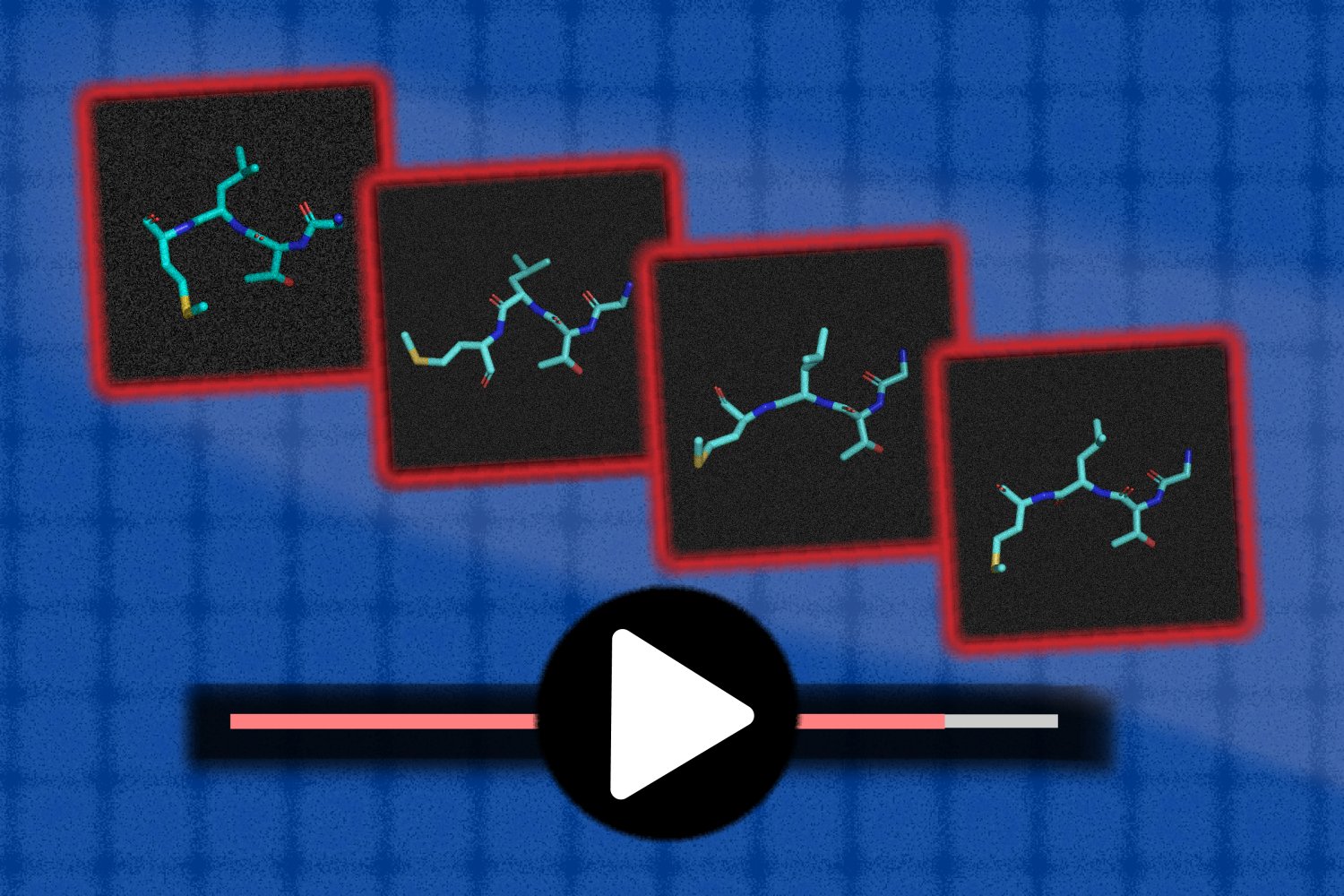Introduction to DINOv3
Every day, we hear about the next big thing in Large Language Models (LLMs). But there’s another area of artificial intelligence that’s making huge progress: computer vision. The release of DINOv3 is a big deal because it shows that vision is becoming just as powerful as language when it comes to unlocking new product workflows. DINOv3 is a family of self-supervised vision backbones that can be used for tasks like classification, detection, segmentation, and depth estimation.
What is DINOv3?
DINOv3 is a type of artificial intelligence model that can produce robust dense representations for various tasks. It’s like a Swiss Army knife for computer vision tasks. The model is trained in a self-supervised way, which means it can learn from data without needing human annotations. This makes it really useful for tasks where labeling data would be time-consuming or expensive.
Why DINOv3 Matters
DINOv3 is important because it reduces the need for task-specific training. This means that developers can use a single frozen model to get high-quality features for many different tasks. This saves time and money, and it makes it easier to prototype and deploy new products. With DINOv3, teams can:
- Prototype visual search, catalog grouping, and anomaly detection in hours, not weeks
- Bootstrap weak supervision and active-learning pipelines with higher quality pseudo-labels
- Combine with promptable segmentation to extract masks and represent them for downstream reasoning
How DINOv3 Works
DINOv3 is primarily a vision backbone, but its dense features make it a natural bridge to many modalities and downstream capabilities. It can be used for:
- Classification and retrieval: image-level and patch-level representations for zero-shot classifiers and nearest-neighbor search
- Detection and segmentation: combine frozen features with lightweight adapters or use them as input to promptable segmenters
- Depth and geometry: dense features that help depth estimation and geometric reasoning
- Cross-modal retrieval/multi-modal systems: fuse DINOv3 visual features with text embeddings for improved image-text search and weak supervision
Distilled Models and Practical Deployment Variants
Meta released a family of DINOv3 backbones and distilled small models designed for lower compute footprints. The Hugging Face collection hosts multiple pre-trained checkpoints, including distilled variants intended for edge and rapid prototyping. Developers can use the smaller distilled models for fast inference and the larger models when they need maximum representation quality.
Practical Enterprise Opportunities
DINOv3 has many practical applications in enterprise settings. For example:
- Catalog enrichment: cluster new SKUs with DINOv3 features, human validate clusters, and auto-tag
- Zero-shot defect detection: maintain a gallery of "good" features and do nearest-neighbor OOD checks for new items
- Rapid video segmentation + analytics: use SAM2 to extract masks, then represent masks with DINOv3 features for search and behavior analytics
Industry Adoption
DINOv3 has many potential applications in various industries, including:
- Pharma: rapidly prototype a system for identifying and classifying cell mutations in tissue samples from clinical trials without a manually labeled dataset
- Life Sciences: analyze large-scale microscopy images to identify novel biological structures or quickly prototype an agricultural model for detecting crop diseases from aerial imagery
- Fintech: automate the analysis of documents for loan application processing or detect fraudulent behavior in ATM security footage without the need for pre-labeled examples of fraud
Caveats and Responsible Deployment
While DINOv3 is a powerful tool, it’s not without its limitations. Developers need to be aware of:
- Domain shift: specialized domains still need validation, and out-of-distribution failure modes are real
- Bias and privacy: foundation features reflect pretraining data, so it’s essential to run audits on downstream labels and monitor for systematic biases
- Monitoring and fallbacks: track representation drift, and keep conservative fallbacks for high-risk decisions
Getting Started
To get started with DINOv3, developers can:
- Pull a distilled tiny model for fast experiments from Hugging Face
- Run zero-shot clustering and nearest-neighbor search on a representative subset
- Close the loop: small human validation set, automated policy, and monitor
- If happy with the results, prepare for deployment
Conclusion
DINOv3 is a game-changer for computer vision tasks. It’s a powerful tool that can help developers prototype and deploy new products faster and with less labeling overhead. By treating DINOv3 as infrastructure, developers can invest in orchestration, evaluation, and feedback loops that turn foundation features into measurable outcomes.
FAQs
Q: What is DINOv3?
A: DINOv3 is a family of self-supervised vision backbones that can be used for tasks like classification, detection, segmentation, and depth estimation.
Q: Why is DINOv3 important?
A: DINOv3 reduces the need for task-specific training, saving time and money, and making it easier to prototype and deploy new products.
Q: How does DINOv3 work?
A: DINOv3 is primarily a vision backbone, but its dense features make it a natural bridge to many modalities and downstream capabilities.
Q: What are the practical applications of DINOv3?
A: DINOv3 has many practical applications in enterprise settings, including catalog enrichment, zero-shot defect detection, and rapid video segmentation + analytics.
Q: What are the limitations of DINOv3?
A: DINOv3 has limitations, including domain shift, bias and privacy, and monitoring and fallbacks. Developers need to be aware of these limitations and take steps to mitigate them.











